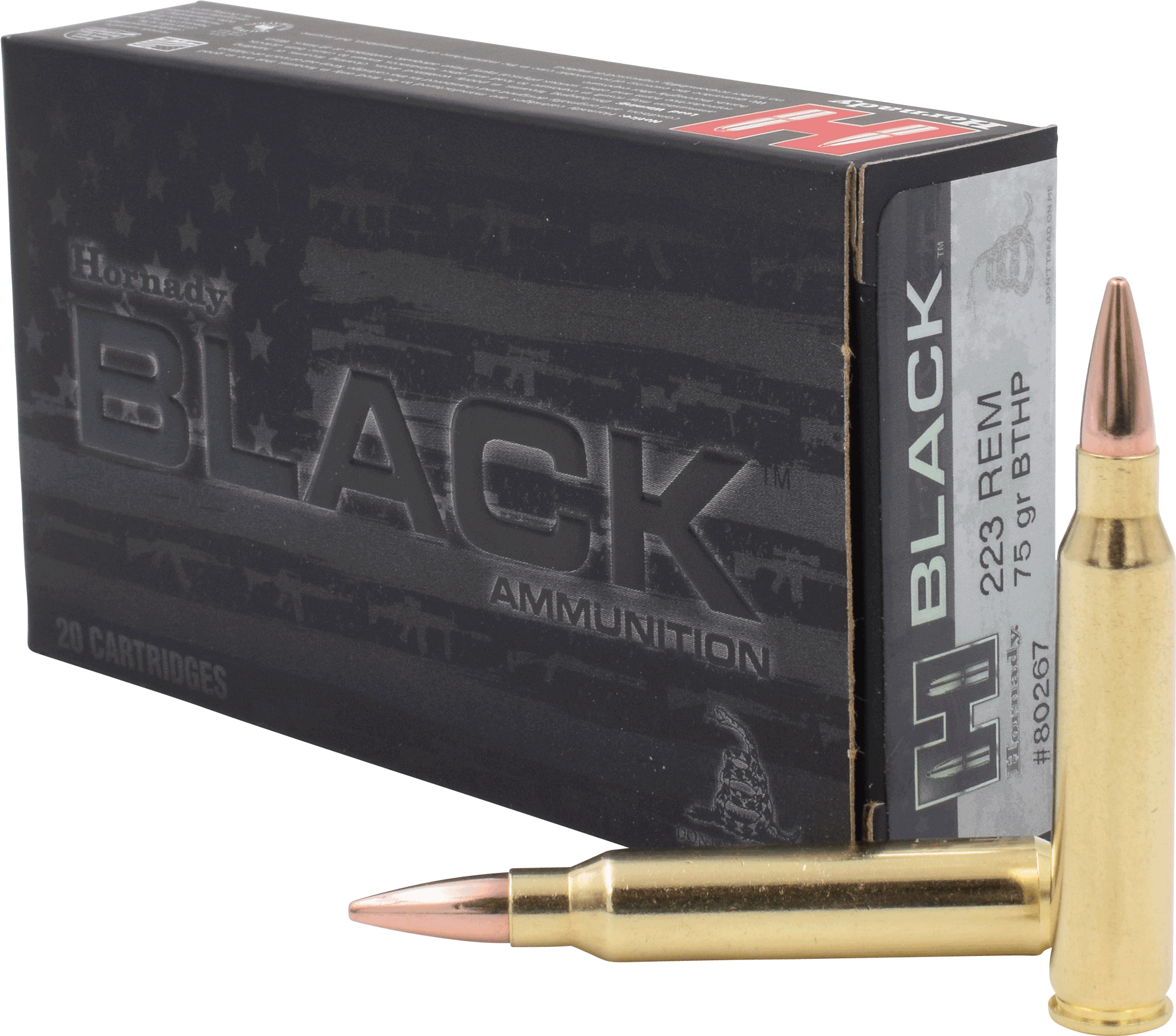


Shorter guns such as 10.5-inch carbines emerged as the fight put troops in and out of vehicles and into close-quarter fighting.Over the past decade or so, military rifles chambered in 5.56mm have migrated in two directions: I'd just prefer to err on the side of faster-twist - especially with carbine-length barrels. Civil war muskets such as the 1861 Springfield used extremely slow twist rates (1-in-78") to fire heavy lead bullets with relatively good accuracy, while modern AR-15-style rifles use barrels as fast as 1-in-7 to stabilize long-for-caliber projectiles.ĭon't misunderstand me serious disparities in bullet weight to twist rate can cause poor accuracy, decrease velocity and potentially compromise a weak bullet's structural integrity. There is no "golden" twist rate for all firearms. This spin stabilizes the bullet in flight, much the way a football is "spiraled" by a quarterback.ĭetermining proper twist is a factor of bore diameter, velocity, bullet weight and even bullet construction. "Rifling" are the lands and grooves impregnated into the barrel's interior that impart spin on a projectile as it travels down the bore. With so many bullets and twist rates available these days, keeping track of which ammunition is compatible with your barrel can be overwhelming.īefore we get into the weeds on individual twist rates, let's take a minute to discuss rifling in general. In more modern times, bullets for military and civilian use have migrated to longer, heavier designs and twist rates have been altered to stay in sync with this progression.

Shortly thereafter, nearly all M16s and M16A1s were being issued with faster 1-in-12-inch twist barrels. The earliest issued variations of Eugene Stoner's "Black Rifle" came with relatively slow rifling twist rates of 1-in-14 inches. military first adopted the M16 rifle in the 1960s, the M193 cartridge and its 55-grain bullet was standard.


 0 kommentar(er)
0 kommentar(er)
